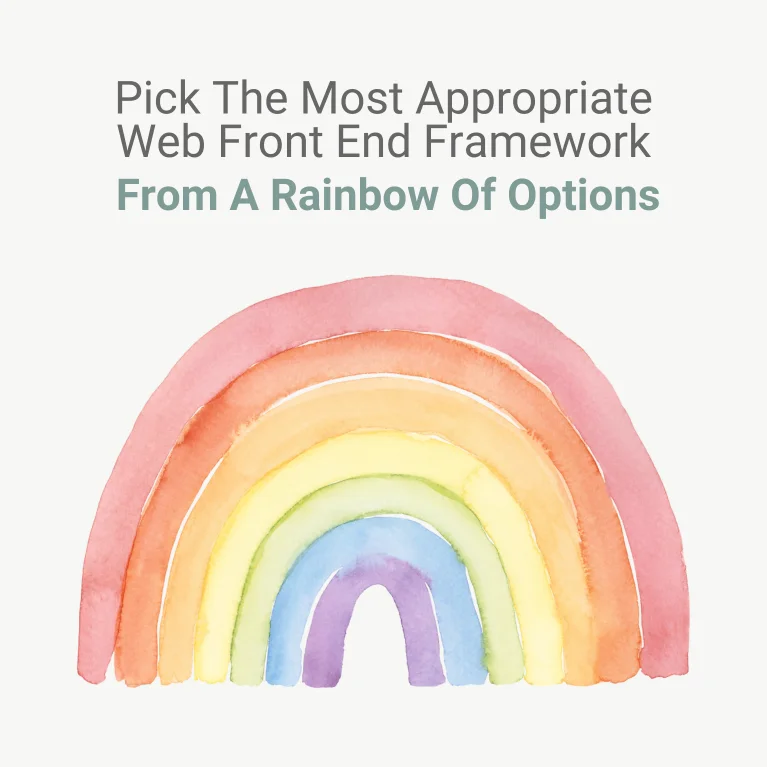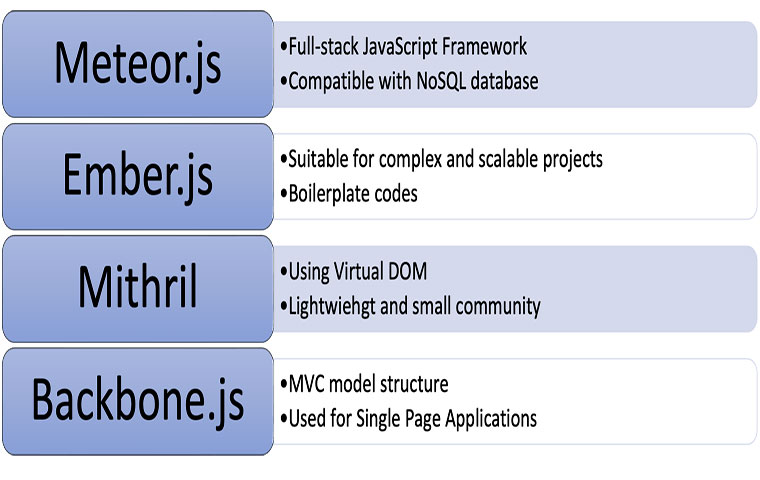In-App Purchases vs Ads: Which Strategy is Best?
You’ve created your app, and people are starting to download,...
We use cookies for our website to give you the most relevant experience by remembering your preferences. By clicking “accept”, you consent to use of ALL the cookies
This website uses cookies to improve your experience while you navigate through the website. Out of these, the cookies that are categorized as necessary are stored on your browser as they are essential for the working of basic functionalities of the website. We also use third-party cookies that help us analyze and understand how you use this website. These cookies will be stored in your browser only with your consent. You also have the option to opt-out of these cookies. But opting out of some of these cookies may affect your browsing experience.
Necessary cookies are absolutely essential for the website to function properly. These cookies ensure basic functionalities and security features of the website, anonymously.
| Cookie | Duration | Description |
|---|---|---|
| cookielawinfo-checkbox-functional | 11 months | This cookie is set by GDPR Cookie Consent plugin. The cookie is used to store the user consent for the cookies in the category “Analytics”. |
| cookielawinfo-checkbox-functional | 11 months | The cookie is set by GDPR cookie consent to record the user consent for the cookies in the category “Functional”. |
| cookielawinfo-checkbox-necessary | 11 months | This cookie is set by GDPR Cookie Consent plugin. The cookies is used to store the user consent for the cookies in the category “Necessary”. |
| cookielawinfo-checkbox-others | 11 months | This cookie is set by GDPR Cookie Consent plugin. The cookie is used to store the user consent for the cookies in the category “Other. |
| cookielawinfo-checkbox-performance | 11 months | This cookie is set by GDPR Cookie Consent plugin. The cookie is used to store the user consent for the cookies in the category “Performance”. |
| viewed_cookie_policy | 11 months | The cookie is set by the GDPR Cookie Consent plugin and is used to store whether or not user has consented to the use of cookies. It does not store any personal data. |
Functional cookies help to perform certain functionalities like sharing the content of the website on social media platforms, collect feedbacks, and other third-party features.
Performance cookies are used to understand and analyze the key performance indexes of the website which helps in delivering a better user experience for the visitors.
Analytical cookies are used to understand how visitors interact with the website. These cookies help provide information on metrics the number of visitors, bounce rate, traffic source, etc.
Advertisement cookies are used to provide visitors with relevant ads and marketing campaigns. These cookies track visitors across websites and collect information to provide customized ads.
Other uncategorized cookies are those that are being analyzed and have not been classified into a category as yet.
Cyberia Tech, Inc. respects your privacy. This Privacy Policy explains how we collect, use, and share your information. By using our services, you agree to this policy. If any other agreements conflict with this Privacy Policy, the terms of those agreements prevail.
Cyberia Tech complies with the EU-US and Swiss-US Privacy Shield Frameworks for handling personal data from the EEA, UK, and Switzerland. In case of any conflict, the Privacy Shield Principles prevail. Learn more at Privacy Shield. Key Definitions
Information linked to an individual, transferred from the EEA, UK, or Switzerland to the U.S.
Data revealing race, religion, health, sexual orientation, and similar categories.
Effective Date: [ 2025 / 11 / 29 ]
Welcome to The Cyberia Tech ! By accessing or using our website or services, you agree to
comply with and be bound by these Terms of Use and our Privacy Policy. If you do not agree with
these terms, please do not use our Services.
Loading
0 %

Isn’t playing on a playground more enjoyable? Your frontend framework is analogous to the playground’s fences, which center all the excitement while keeping everyone safe.
This security is one of the advantages of using a web frontend framework for development projects. Frameworks reduce risk, focus everything inside a correct and understandable framework, and accelerate the process.
For coding in the frontend JavaScript frameworks are very popular. Please remain with us if you want to learn more about those.
Table of Contents
on contrast to the enormous diversity of languages and frameworks on the backend, the frontend is dominated by JavaScript frameworks since HTML and CSS do not require specific frameworks.
There is, however, the well-known Bootstrap package for implementing HTML, CSS, and JS codes, as well as Foundation for HTML and CSS.
In addition to Bootstrap, there are frontend JavaScript frameworks such as React, Vue, Angular, Ember, and others. Frontend frameworks provide a structure for JS programs to run more quickly, allowing developers to save time.
Let’s have a look at some of the evaluated frontend frameworks in the next section.
Bootstrap is really a library for HTML, CSS, and JavaScript, although developers mostly use it for CSS because it includes prewritten ready-made structures. It is an excellent choice for responsive web design and mobile app development.

One of the reasons for Bootstrap’s success is its interoperability with CMSs (Content Management Systems) such as WordPress and Joomla. When using Bootstrap, one may create styles and design structures in WordPress.
You may construct and modify many elements in Bootstrap, such as changing the design or color of a button, without having to code everything from the start.
However, if you are a complete newbie or do not want to deal with the nuances of design, Tailwind CSS is a choice to explore.
Tailwind is defined by professionals as a utility CSS library with more classes for establishing the intricacies of your style, whereas Bootstrap has fewer components and less details.
For some developers, this may sound wordy and cumbersome, but Tailwind provides greater flexibility and customization to help you reach your chosen style.
Tailwind’s constraints and exact features reduce aggravation while reinforcing a clean and professional design.
Tailwind’s obsessive minutiae are so time-consuming for projects that the functionality of the web app is occasionally overlooked. When dealing with simple HTML and CSS, and you want to copy/paste the classes and adjust them afterward, Bootstrap is the preferable choice.
Overall, if you want to construct everything from scratch, you may use pure CSS, but keep in mind that it is more difficult than Bootstrap and Tailwind.
You may utilize them as your styles get more sophisticated and elaborate. The following phase in frontend development is to add JavaScript code for dynamic functionality.
There are various front end frameworks on the market, but the key problem is deciding which one has the best scalability, performance, and support.
JavaScript is responsible for making a website or web app responsive. Node.Js, Angular, React, and Vue are some well-known web frontend frameworks.
Node is not known as a framework, but it is so widely used for JavaScript that it has become the first choice of many developers. It is a runtime environment for implementing JavaScript codes.
Despite being a fast, easy-to-learn, and highly scalable environment, Node.Js owes its popularity to its full-stack capability.
Both frontend and backend developers can use Node; therefore, an app can be fully run by JavaScript and especially with Node.Js. Furthermore, Node.Js is an open-source platform with a massive community of users that reduces the risk of bugs and problems.
React is just a library, but because to its numerous functions, it is also considered a framework. It employs a component system, which enables developers to build scripts and reuse them.
React is a Facebook-created open-source technology that is simple to learn. Furthermore, it is said to be the greatest solution for creating rich and dynamic user interfaces.

React provides a Virtual DOM structure that is useful for performing UI modifications. The DOM (Document Object Model) is how data is categorized in HTML, and a replica of that structure is maintained in the framework as Virtual DOM.
Having a duplicate of the original DOM aids the framework in updating the modifications; even tiny alterations are applied rapidly.
There is always a disadvantage to anything; in the case of React, it is JSX. React essentially merges HTML and JavaScript codes to form a JSX file; as a result, it provides a difficult learning curve for rendering JSX files on browsers or dividing the codes to debug or alter them individually.
Another issue with React is that its high-level components are separated from one another in the documentation architecture. To address this issue and update all states at once, React introduces Redux, a new utility that centralizes data.
Google released Angular, which quickly became the second most downloaded framework. It also includes a data architecture based on components. Furthermore, there are instructions for simply converting the program into a Progressive Web program, enabling Firebase for the database, and so on.
Although Angular’s built-in functions make it a fantastic choice for developers, they must master all of these aspects, which is time-consuming in contrast to alternative platforms.
One of the shortcomings of Angular that disappointed its users was the release of the new version in 2016.
Since then, Angular.Js has been renamed Angular, and any apps written using the former must be updated to the latter. Some customers were dissatisfied since they had spent money on their programs, and reconstructing them was a time-consuming task.
Unlike the other front end JavaScript frameworks that are established and supported by big-name companies, Vue.Js is not of famous blood! It is a very lightweight and fast framework; even though some people claim that it is faster than React, it cannot be stated with certainty.

It is a wise decision to avoid the intricacies of Angular and instead work with a flexible front end framework with simple syntax. Furthermore, because to its efficient APIs, migrating from Vue’s various versions is simple.
Surprisingly, Vue has a greater community and download rate on GitHub than Angular, and its creators are deeply committed to its users and community.
Some web frontend frameworks are less popular, or they are rather new to the market.
Here is a list of them:

Overall, selecting a framework for web application development projects is linked to the project’s scope.
If you are just starting out in programming, it may be best to master the foundations of JavaScript before moving on to frameworks.
If you are working in a team, however, a front end framework with a bigger user community is a better alternative. Easy or complex, you must rely on your skills in working with any web frontend framework.
What is the most popular front end framework?
The most popular frontend frameworks nowadays are React, Angular, Vue, and jQuery, followed by Svelte and Preact. Smaller but still sizable communities have formed around Ember, Backbone, Semantic-UI, and Foundation.
React is faster than Angular because it uses a virtual DOM and has better rendering optimisations. As an added bonus, updating to newer versions of React is much easier than it is with Angular. When utilising React, programmers may choose from a broad variety of ready-made components.
When the design phase is complete, it is time to select the finest frontend framework for your project. These frontend JavaScript frameworks will assist you in writing fewer programs, saving time, and having fewer mistakes.
We attempted to present a complete analysis of the most popular web frontend frameworks in this post. We hope you find it beneficial. The advantage of having a framework is that you can operate within a strong template that will guide you down the proper road.
If you have any experience working with frameworks other than those listed above, please share it with us. Good luck with your code.
You Can Get More Information!
